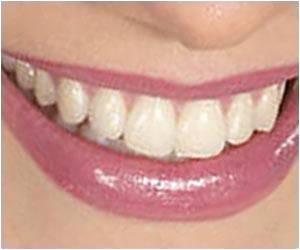The new study into ladder-related falls over a decade has shown a 47 percent increase in the number of people being admitted to hospital.

‘The circumstances of ladder-related falls indicated issues such as over-reaching, inappropriate footwear and unsteady or unstable surfaces contributed to the risk of falls.’





Researchers at CARRS-Q, the Centre for Accident Research and Road Safety - Queensland, based at QUT, found men aged over 60 were the most at-risk group. Associate Professor Kirsten Vallmuur said injuries suffered by veteran television presenter Molly Meldrum, who fell while putting up Christmas decorations almost five years ago, shone a spotlight on the demographic and the severity of ladder injuries.
"Men aged over 60 represented 43 percent of the hospitalisations overall and this age group had the greatest increase in the number of admissions across the decade being examined," Professor Vallmuur said. "Older men just don't bounce back as well as younger men. They often have other existing health problems, including fragility, eye-sight and balance issues which potentially escalates their risk.
"Given the more substantial injuries reported for those aged over 60 and the growth in DIY, there was a need to update our estimates of the extent and patterns of ladder-related injuries." She said 226 patients had died as a result of a fall, 82 percent of them were aged over 60.
The data also indicated an annual increase in falls among women aged over 60 at a similar rate to that of men. "In the over 60s group, in terms of case numbers, there were 81 percent more females and 73 percent more males hospitalised in 2011/12 than in 2002/03. "This represented an age standardised rate increase of six per cent annually in the over 60s.
Advertisement
Professor Vallmuur said two-thirds of the hospitalised injuries were fractures, mainly of the upper and lower extremities, torso and spine along with head injuries, with cases involving those aged over 60 generally more serious.
Advertisement
Early findings for a further study to understand the circumstances of ladder-related falls indicated issues such as over-reaching, inappropriate footwear and unsteady or unstable surfaces contributed to the risk of falls. Data collection had just been completed within two hospital emergency departments in Queensland and results from that study will be released in early 2017.
Professor Vallmuur said the research highlighted the importance of focusing on injury prevention efforts to reduce the growing number of ladder-related falls, and she supports campaigns such as the national product safety campaign Ladder safety matters.
Source-Eurekalert









